Navigating the Liturgical Year: A Guide to Catholic Holidays in 2025
Related Articles: Navigating the Liturgical Year: A Guide to Catholic Holidays in 2025
Introduction
In this auspicious occasion, we are delighted to delve into the intriguing topic related to Navigating the Liturgical Year: A Guide to Catholic Holidays in 2025. Let’s weave interesting information and offer fresh perspectives to the readers.
Table of Content
Navigating the Liturgical Year: A Guide to Catholic Holidays in 2025
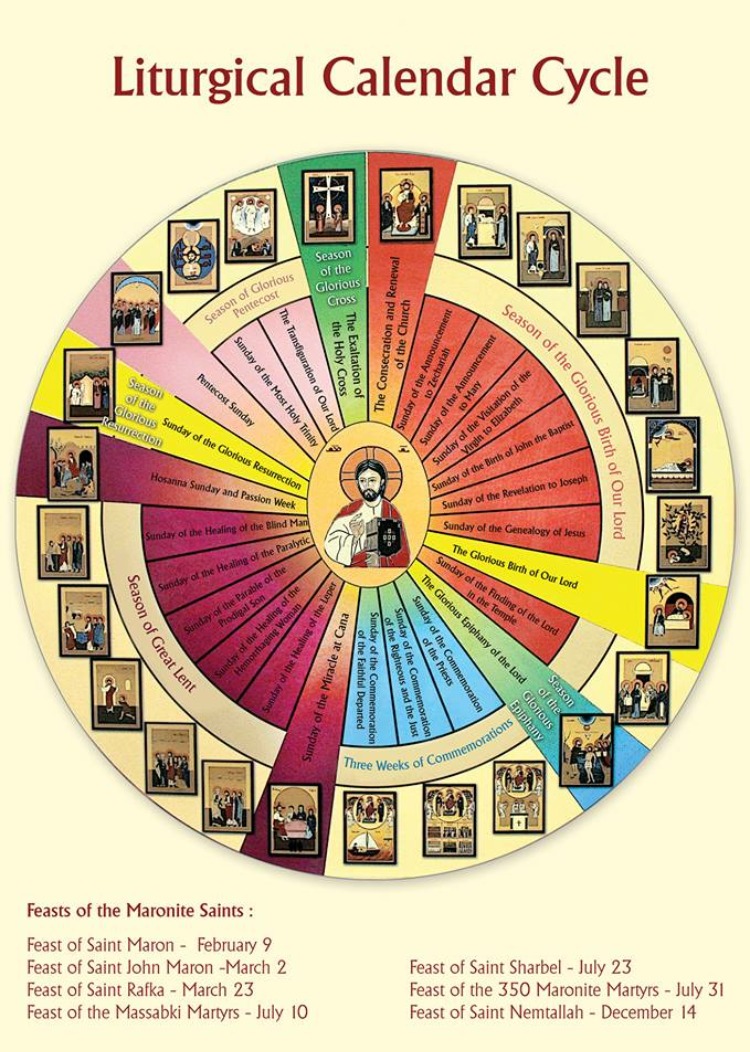
The Catholic liturgical year, a rich tapestry woven with tradition and faith, offers a structured journey through the life, death, and resurrection of Jesus Christ. This journey, marked by specific celebrations and observances, provides a framework for spiritual reflection, communal worship, and personal growth. While the exact dates of these holidays may vary slightly depending on the year, the core observances remain consistent. This article delves into the key Catholic holidays in 2025, offering a comprehensive overview of their significance and how they enrich the lives of believers.
Advent: The Season of Hope and Expectation (November 30, 2024 – December 24, 2024)
Advent marks the beginning of the liturgical year, a period of anticipation and preparation for the coming of Christ. It is a time for reflection, prayer, and spiritual renewal, encouraging individuals to examine their lives and prepare for the celebration of Christmas. Key events within Advent include:
- First Sunday of Advent: The liturgical year commences with a focus on Christ’s second coming, urging believers to remain vigilant and prepared.
- Immaculate Conception: Celebrated on December 8th, this feast commemorates the conception of the Blessed Virgin Mary without original sin, emphasizing her role as the mother of Jesus and the perfect model of holiness.
- Gaudete Sunday (Third Sunday of Advent): This Sunday, characterized by a joyful pink vestment, signifies a shift in focus toward the imminent arrival of Christ, emphasizing the joy and anticipation associated with the coming of the Savior.
- Advent Wreath: The Advent wreath, a symbol of hope and light, is a traditional practice during this season. Its four candles, lit weekly, represent the four weeks of Advent, culminating in the lighting of the Christ candle on Christmas Eve.
Christmas: The Birth of Our Savior (December 25, 2024)
Christmas, the pinnacle of the Advent season, celebrates the birth of Jesus Christ, the Son of God, who came into the world to redeem humanity. It is a time for joy, family gatherings, and the celebration of God’s love for humanity. Key aspects of Christmas include:
- Christmas Eve Mass: The traditional Midnight Mass, celebrated on the eve of Christmas, marks the official beginning of the celebration, commemorating the birth of Jesus.
- Christmas Day: The feast of Christmas, observed on December 25th, is dedicated to celebrating the birth of Jesus and reflecting on the profound impact of his coming into the world.
- Twelve Days of Christmas: This period, extending from Christmas Day to Epiphany, celebrates the mystery of the incarnation and the revelation of Jesus Christ as the Son of God.
Epiphany: The Revelation of Christ (January 6, 2025)
Epiphany, also known as the Feast of the Three Kings, marks the revelation of Jesus Christ as the Son of God to the Gentiles. It commemorates the visit of the Magi, wise men from the East, who followed the star to Bethlehem and presented gifts to the newborn Jesus. Key aspects of Epiphany include:
- The Adoration of the Magi: This biblical event, depicted in various artistic representations, symbolizes the universal recognition of Jesus Christ as the savior of all humanity.
- Baptism of the Lord: Celebrated on the Sunday after Epiphany, this feast marks the baptism of Jesus by John the Baptist, signifying the beginning of his public ministry and the revelation of his divine nature.
Lent: A Time of Reflection and Renewal (February 17, 2025 – April 5, 2025)
Lent, a period of forty days (excluding Sundays), is a season of spiritual preparation for Easter. It is a time for fasting, prayer, and acts of charity, encouraging individuals to reflect on their sins and seek reconciliation with God. Key elements of Lent include:
- Ash Wednesday: The first day of Lent, marked by the imposition of ashes on the forehead, signifies repentance and the need for spiritual renewal.
- Forty Days of Fasting: The traditional practice of fasting during Lent, abstaining from certain foods or activities, symbolizes sacrifice and dedication to God.
- Stations of the Cross: This devotion, consisting of fourteen stations depicting the final hours of Jesus’ life, offers a powerful meditation on the suffering and sacrifice of Christ.
- Palm Sunday: The Sunday before Easter, Palm Sunday commemorates Jesus’ triumphant entry into Jerusalem, marking the beginning of Holy Week.
Holy Week: The Passion and Resurrection of Christ (April 1, 2025 – April 7, 2025)
Holy Week, the most solemn period in the liturgical year, recounts the final days of Jesus’ life, culminating in his death and resurrection. It is a time for intense prayer, reflection, and spiritual preparation for the joy of Easter. Key elements of Holy Week include:
- Holy Thursday: This day commemorates the Last Supper, when Jesus instituted the Eucharist and washed the feet of his disciples, demonstrating humility and service.
- Good Friday: This day marks the crucifixion and death of Jesus Christ, a profound event that signifies the ultimate sacrifice for the redemption of humanity.
- Holy Saturday: This day of solemn silence and reflection anticipates the resurrection of Jesus, a period of waiting and hopeful anticipation.
- Easter Sunday: The pinnacle of the liturgical year, Easter Sunday celebrates the resurrection of Jesus Christ from the dead, signifying victory over death and the promise of eternal life.
Easter Season: A Celebration of New Life (April 7, 2025 – May 26, 2025)
The Easter season, extending for fifty days, is a time of joy and celebration, commemorating the resurrection of Jesus Christ and the promise of new life. It is a period of thanksgiving and renewal, marked by various observances and feasts. Key elements of the Easter season include:
- Easter Monday: The day after Easter Sunday, known as Easter Monday, continues the celebration of the resurrection and emphasizes the joy and hope brought forth by Christ’s victory over death.
- Ascension Thursday: This feast, forty days after Easter, commemorates the ascension of Jesus Christ into heaven, signifying his return to the Father and his promise to send the Holy Spirit.
- Pentecost Sunday: This day marks the descent of the Holy Spirit upon the apostles, signifying the birth of the Church and the empowerment of believers to share the message of Christ with the world.
Other Notable Feasts Throughout the Year:
- Assumption of Mary: Celebrated on August 15th, this feast commemorates the bodily assumption of the Blessed Virgin Mary into heaven, emphasizing her role as the Queen of Heaven and her special place in the Church.
- All Saints’ Day: Observed on November 1st, this feast honors all the saints, both known and unknown, who have gone before us, reminding us of the communion of saints and the hope of eternal life.
- All Souls’ Day: Celebrated on November 2nd, this day is dedicated to praying for the souls of the departed, offering a special remembrance for those who have passed away and seeking their eternal rest.
The Importance of Catholic Holidays
The Catholic holidays, woven into the fabric of the liturgical year, offer a rich tapestry of faith, tradition, and spiritual growth. They provide opportunities for:
- Deepening Faith: The celebrations and observances of the liturgical year offer a structured framework for reflecting on the core tenets of Christian faith, fostering a deeper understanding and appreciation of God’s love and plan for humanity.
- Strengthening Community: These holidays bring believers together in shared prayer, worship, and fellowship, fostering a sense of community and shared purpose.
- Personal Growth: The practices associated with each holiday, such as prayer, fasting, and acts of charity, encourage individuals to examine their lives, seek spiritual renewal, and grow in their relationship with God.
- Cultural Enrichment: The traditions and customs associated with Catholic holidays contribute to a rich tapestry of cultural expression, preserving and transmitting the faith through generations.
FAQs about Catholic Holidays in 2025:
Q: What are the main differences between the Catholic and Protestant liturgical calendars?
A: While both traditions celebrate the same core events, there are differences in the emphasis and specific observances. For example, Protestants generally do not celebrate the Feast of the Immaculate Conception or the Assumption of Mary.
Q: How do I observe a Catholic holiday?
A: Observing a Catholic holiday can involve attending Mass, participating in special devotions, engaging in acts of charity, or simply taking time for reflection and prayer.
Q: Are there any special practices associated with specific holidays?
A: Yes, each holiday has its own unique traditions and practices. For example, during Lent, many Catholics practice fasting and abstain from certain foods. On Good Friday, many churches hold special services that include the veneration of the cross.
Q: How do Catholic holidays impact everyday life?
A: Catholic holidays offer a framework for living a life of faith, providing opportunities for reflection, prayer, and service. They can also influence family traditions, social gatherings, and cultural expressions.
Tips for Engaging with Catholic Holidays:
- Attend Mass: Attending Mass on designated feast days is a central way to celebrate and reflect on the meaning of the holiday.
- Participate in Devotions: Engaging in specific devotions associated with each holiday, such as the Stations of the Cross during Lent or the Rosary during October, can deepen spiritual reflection.
- Engage in Acts of Charity: Performing acts of kindness and service to others, particularly during Lent and Advent, embodies the spirit of Christian love and compassion.
- Read Scripture: Reading passages from the Bible that relate to the specific holiday can provide deeper insight and understanding of the event.
- Share with Others: Sharing the meaning and significance of Catholic holidays with family, friends, and colleagues can help spread the message of faith and inspire others.
Conclusion:
The Catholic holidays, with their rich history and profound meaning, provide a powerful framework for navigating the spiritual journey. They offer opportunities for reflection, growth, and celebration, fostering a deeper connection with God and enriching the lives of believers. By embracing the traditions, observances, and spiritual practices associated with these holidays, individuals can deepen their faith, strengthen their community, and experience the transformative power of the Christian message.
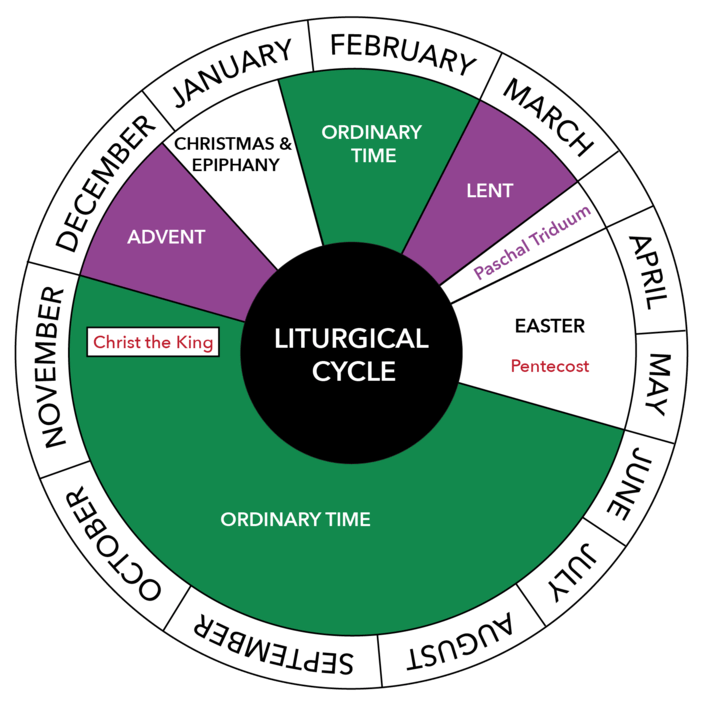

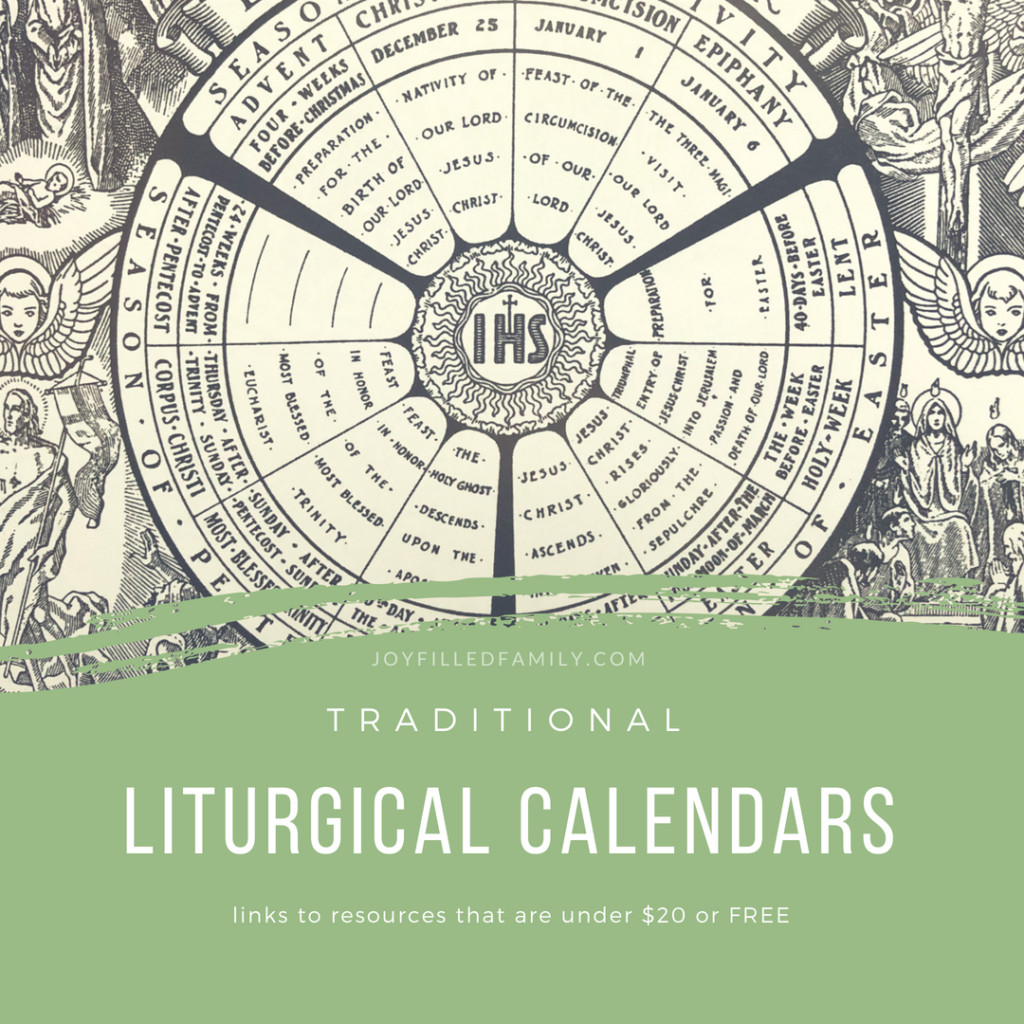
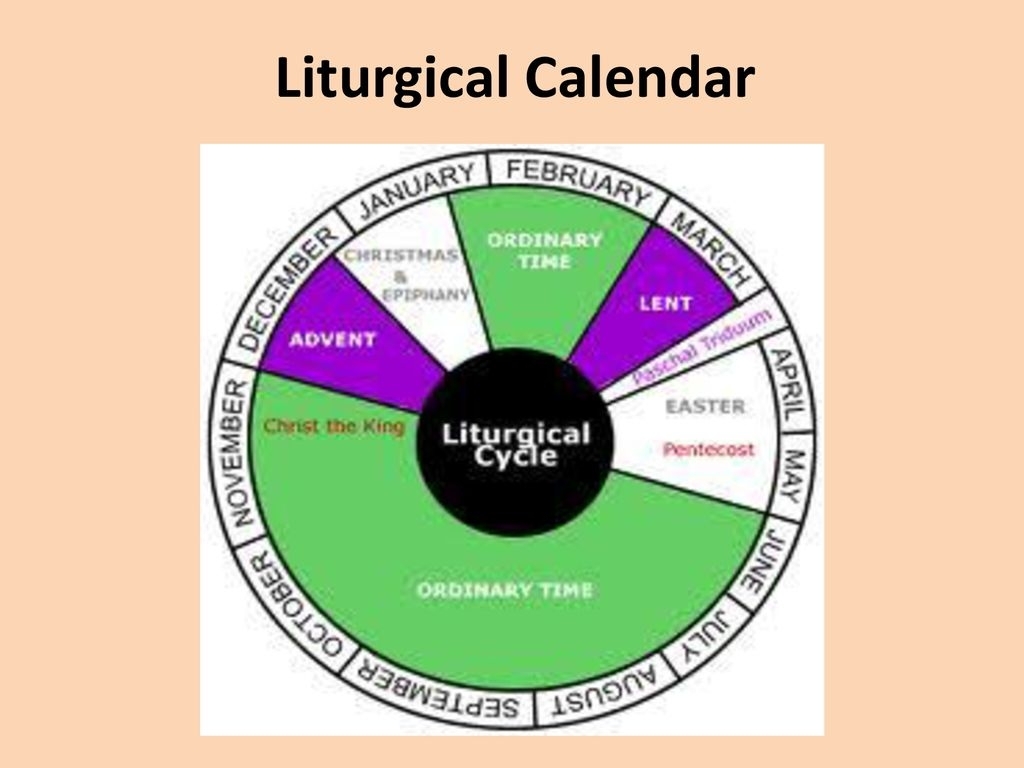
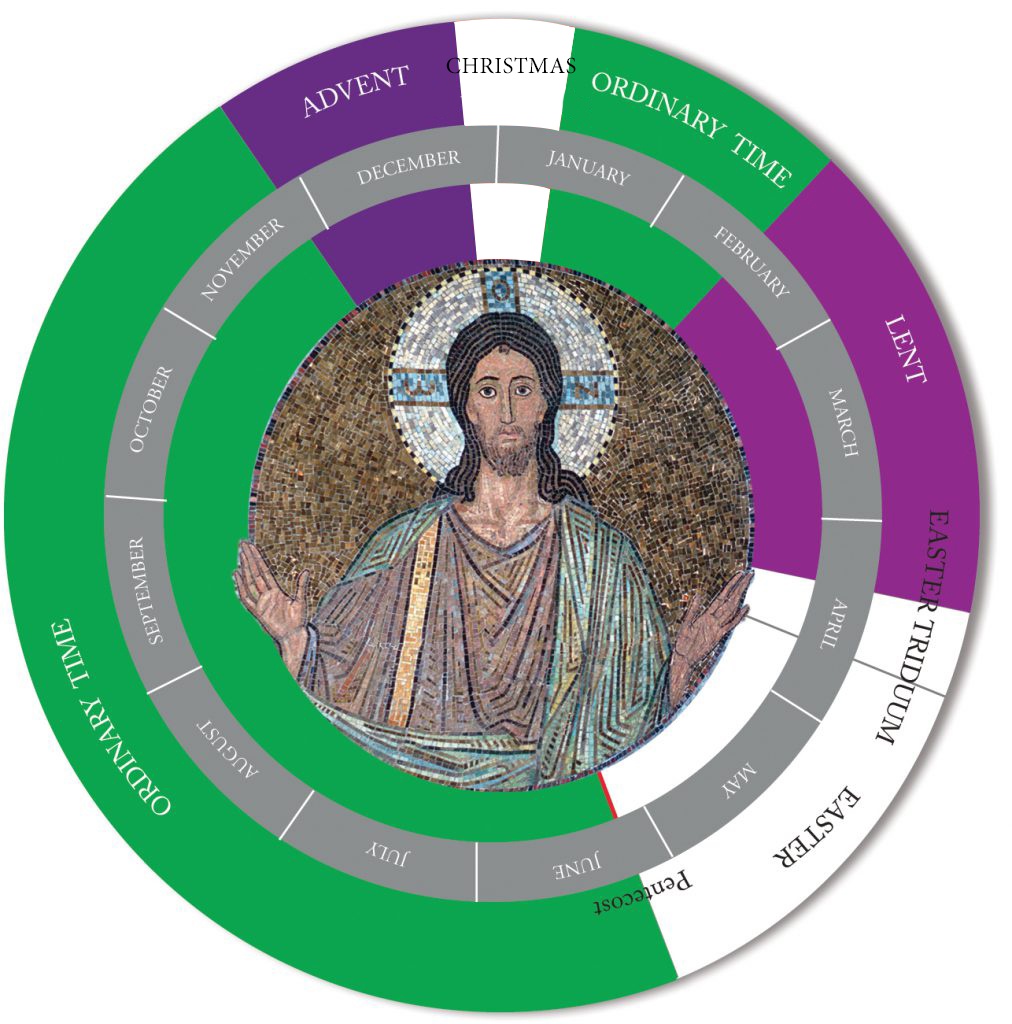

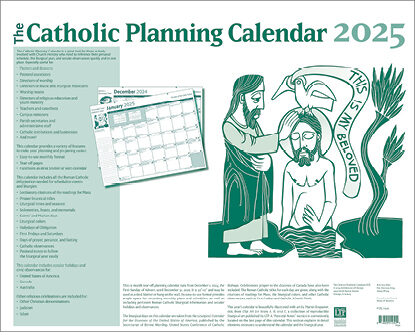
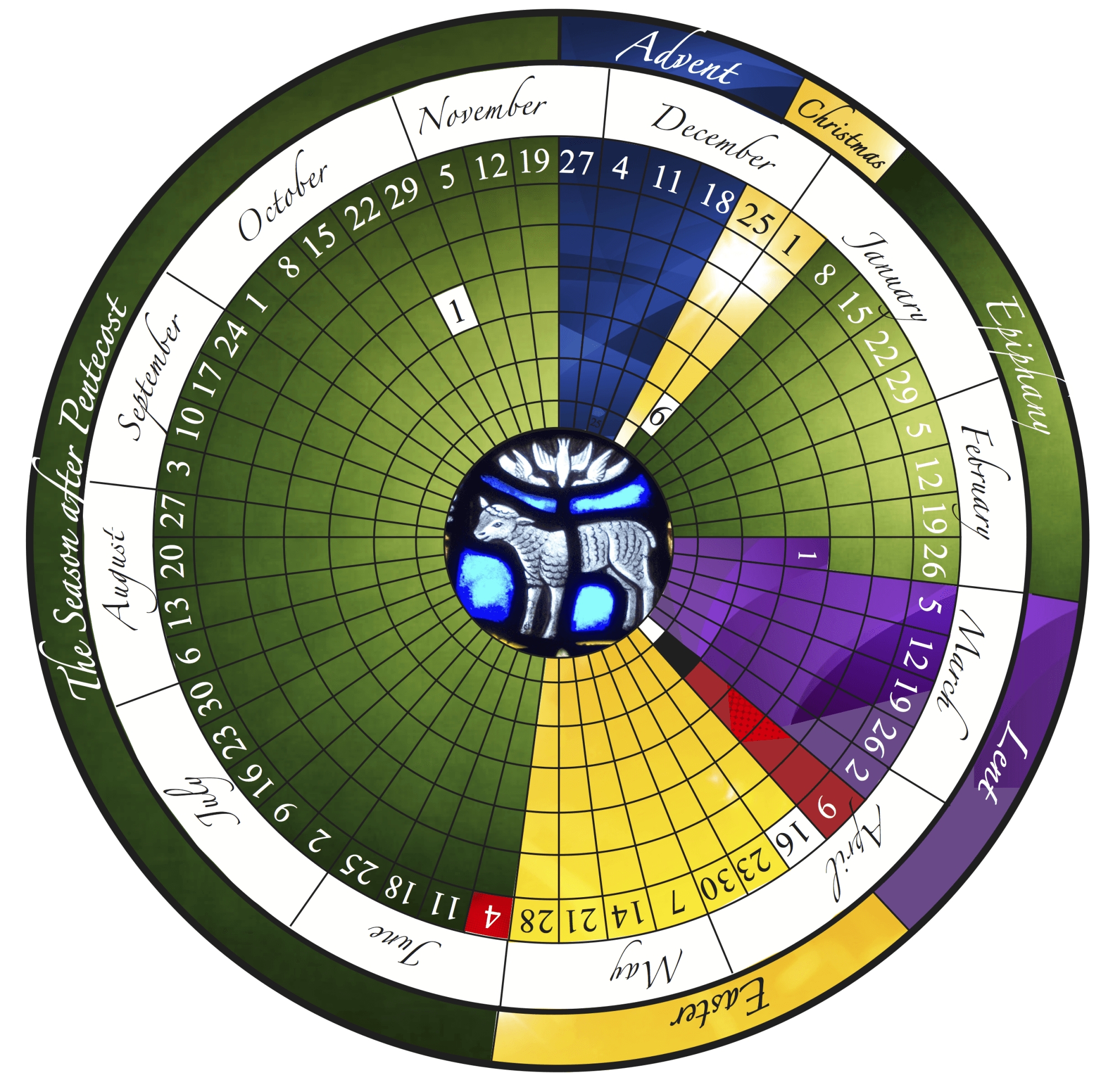
Closure
Thus, we hope this article has provided valuable insights into Navigating the Liturgical Year: A Guide to Catholic Holidays in 2025. We hope you find this article informative and beneficial. See you in our next article!